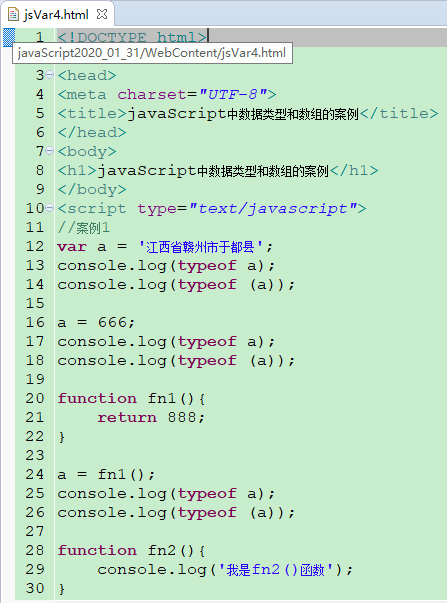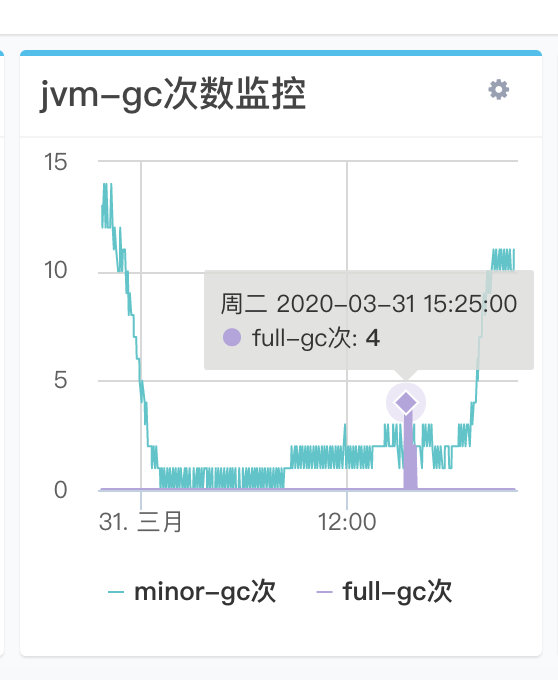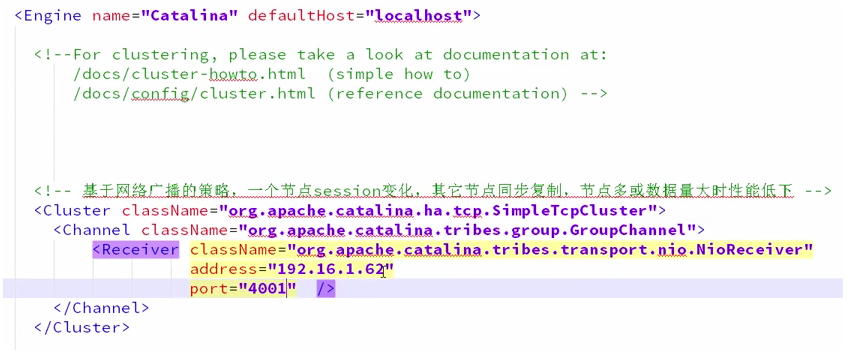Tensorflow快速入门——线性回归
Tensorflow快速入门二
线性回归
运用Tensorflow进行线性回归
—*coding—:utf-8
import tensorflow as tf
import numpy
import matplotlib.pyplot as plt
rng = numpy.random
参数设定
learning_rate = 0.01training_epochs = 10000display_step = 50
训练数据
train_X = numpy.asarray([3.3,4.4,5.5,6.71,6.93,4.168,9.779,6.182,7.59,2.167,7.042,10.791,5.313,7.997,5.654,9.27,3.1])train_Y = numpy.asarray([1.7,2.76,2.09,3.19,1.694,1.573,3.366,2.596,2.53,1.221,2.827,3.465,1.65,2.904,2.42,2.94,1.3])n_samples = train_X.shape[0]print( "train_X:",train_X)print( "train_Y:",train_Y)
train_X: [ 3.3 4.4 5.5 6.71 6.93 4.168 9.779 6.182 7.59 2.167
7.042 10.791 5.313 7.997 5.654 9.27 3.1 ]
train_Y: [1.7 2.76 2.09 3.19 1.694 1.573 3.366 2.596 2.53 1.221 2.827 3.465
1.65 2.904 2.42 2.94 1.3 ]
设置placeholder
X = tf.placeholder("float")Y = tf.placeholder("float")
设置模型的权重和偏置
W = tf.Variable(rng.randn(), name="weight")b = tf.Variable(rng.randn(), name="bias")
设置线性回归的方程
pred = tf.add(tf.multiply(X, W), b)
设置cost为均方差
cost = tf.reduce_sum(tf.pow(pred-Y, 2))/(2*n_samples)
梯度下降
注意,minimize() 可以自动修正w和b,因为默认设置Variables的trainable=True
optimizer = tf.train.GradientDescentOptimizer(learning_rate).minimize(cost)
初始化所有variables
init = tf.global_variables_initializer()
开始训练
with tf.Session() as sess:sess.run(init)# 灌入所有训练数据for epoch in range(training_epochs):for (x, y) in zip(train_X, train_Y):sess.run(optimizer, feed_dict={ X: x, Y: y})# 打印出每次迭代的log日志if (epoch+1) % display_step == 0:c = sess.run(cost, feed_dict={ X: train_X, Y:train_Y})print("Epoch:", '%04d' % (epoch+1), "cost=", "{:.9f}".format(c), \"W=", sess.run(W), "b=", sess.run(b))print("Optimization Finished!")training_cost = sess.run(cost, feed_dict={ X: train_X, Y: train_Y})print("Training cost=", training_cost, "W=", sess.run(W), "b=", sess.run(b), '\n')# 作图plt.plot(train_X, train_Y, 'ro', label='Original data')plt.plot(train_X, sess.run(W) * train_X + sess.run(b), label='Fitted line')plt.legend()plt.show()# 测试样本test_X = numpy.asarray([6.83, 4.668, 8.9, 7.91, 5.7, 8.7, 3.1, 2.1])test_Y = numpy.asarray([1.84, 2.273, 3.2, 2.831, 2.92, 3.24, 1.35, 1.03])print("Testing... (Mean square loss Comparison)")testing_cost = sess.run(tf.reduce_sum(tf.pow(pred - Y, 2)) / (2 * test_X.shape[0]),feed_dict={ X: test_X, Y: test_Y}) # same function as cost aboveprint("Testing cost=", testing_cost)print("Absolute mean square loss difference:", abs(training_cost - testing_cost))plt.plot(test_X, test_Y, 'bo', label='Testing data')plt.plot(train_X, sess.run(W) * train_X + sess.run(b), label='Fitted line')plt.legend()plt.show()






































还没有评论,来说两句吧...